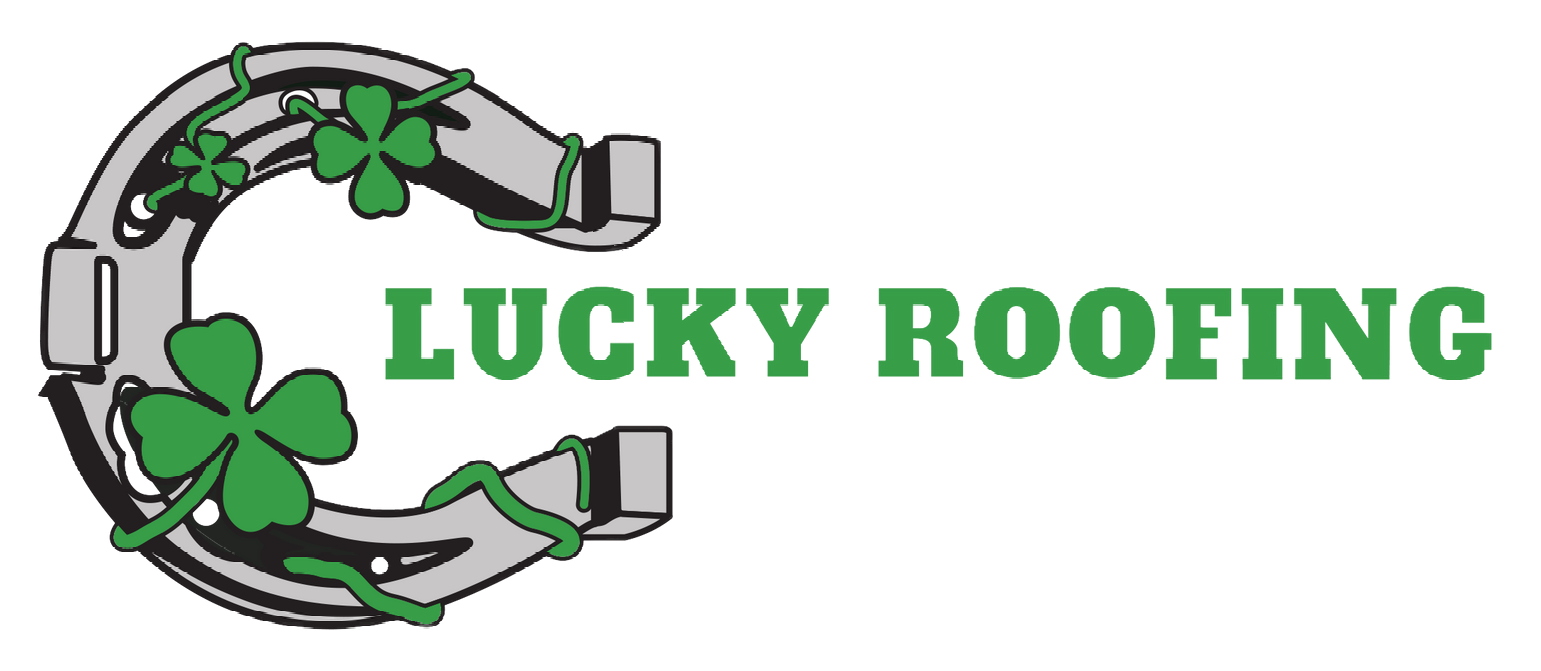We’re ready to help with roofing replacements and repairs
Ask about our roofing services in the New Braunfels, & Austin, TX areas
serving new Braunfels and the surrounding area
Looking for reliable roofing services in Lake Dunlap, New Braunfels, TX or a surrounding area? At Lucky Roofing, we specialize in roof replacements and repairs for both commercial and residential properties. Whether you’re dealing with hail damage or routine wear and tear, we are here to help.
We handle everything from private pay projects to insurance claims, creating a seamless process for our customers. we specialize in hail and storm restoration and can handle your claim from start to finish. We do not repair hail damage, if there is hail damage, that equals roof replacement
Learn more today by calling 830-402-0802 for a free Inspection
Your trusted roof repair provider is here to help
Partner with our roofing company in the New Braunfels, TX area
When it comes to needing roofing services, it can be difficult to know who to trust. But you can depend on our team because we:
- Offer both residential and commercial replacements and repairs
- Can work with insurance companies to manage your claim
- Provide free Inspections to help you make an informed decision
When it’s time to fix up your roof, don’t hesitate. Reach out to our pros today.


